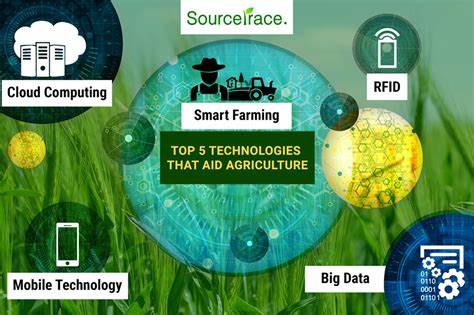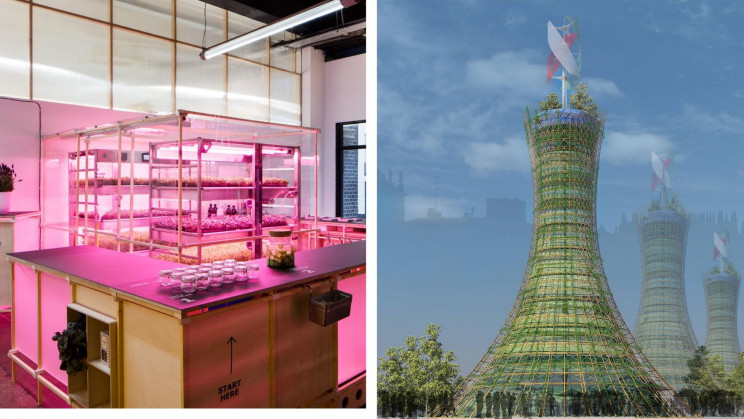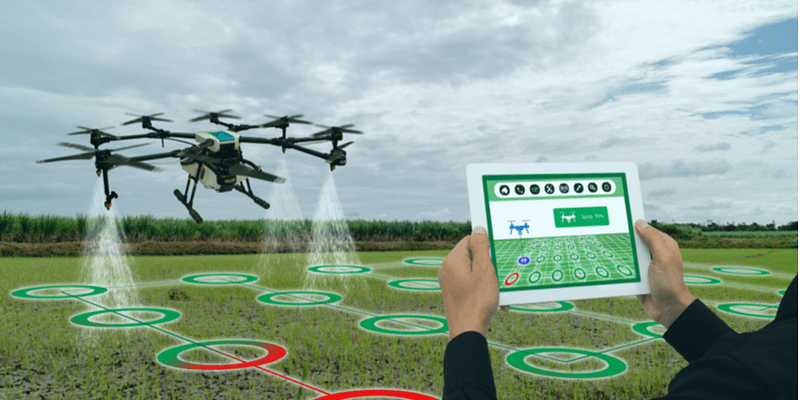
Vertical Farming: Revolutionizing Agriculture for a Sustainable Future
Introduction
The concept of vertical farming has gained significant attention in recent years due to its potential to address the increasing demand for food and the need for sustainable agricultural practices. This article will explore the significance of vertical farming in modern agriculture and highlight its potential benefits in addressing key agricultural challenges.
Historical Background
Vertical farming, although a relatively new concept, has its roots in ancient civilizations such as the Hanging Gardens of Babylon. However, it was not until the 20th century that vertical farming started to gain traction. The advancements in technology and the growing awareness of the need for sustainable food production have contributed to the evolution and adoption of vertical farming practices.
Key Concepts and Definitions
Vertical farming can be defined as the practice of growing crops in vertically stacked layers or vertically inclined surfaces. It utilizes innovative techniques such as hydroponics, aeroponics, and controlled environment agriculture to optimize resource utilization and crop production.

Advantages of Vertical Farming
Increased Crop Yields and Reduced Land Use
Vertical farming has the potential to significantly increase crop yields by utilizing vertical space efficiently. By stacking crops vertically, farmers can maximize their production capacity without requiring vast expanses of land. This is particularly beneficial in urban areas where land is limited.
Year-round Crop Production
One of the key advantages of vertical farming is its ability to provide a consistent supply of fresh produce throughout the year, irrespective of climate or geographical limitations. By controlling the environmental conditions, such as temperature, light, and humidity, farmers can create ideal growing conditions for crops, ensuring continuous production.
Efficient Resource Utilization
Vertical farming systems are designed to optimize resource utilization, including water and energy. Hydroponic and aeroponic techniques enable precise control over water usage, reducing wastage significantly. Additionally, vertical farms often incorporate energy-efficient technologies, such as LED lighting, to minimize energy consumption.
Reduced Pesticide Use and Improved Food Safety
Vertical farming systems are inherently less susceptible to pests and diseases compared to traditional farming methods. As a result, the need for pesticide use is significantly reduced, leading to improved food safety and reduced environmental contamination.

Environmental Sustainability
Vertical farming has the potential to contribute to sustainable agriculture by minimizing water consumption and reducing greenhouse gas emissions. By utilizing hydroponic and aeroponic techniques, farmers can reduce water consumption by up to 90% compared to traditional farming methods. Furthermore, vertical farms can utilize renewable energy sources, such as solar panels, to power their operations, further reducing their carbon footprint.
Urban Agriculture and Food Security
Vertical farming can play a crucial role in addressing the challenges of urban food security. By integrating vertical farms into urban environments, the distance between food production and consumption is significantly reduced. This localized production reduces reliance on long-distance transportation, ensuring fresher produce reaches consumers. Additionally, vertical farms can be established in food deserts, providing access to fresh and nutritious food in areas with limited grocery store options.
Case Studies or Examples
Several successful vertical farming projects have been implemented worldwide. AeroFarms, a leading vertical farming company, has developed advanced indoor vertical farming systems that have demonstrated impressive results. By utilizing aeroponic technology, AeroFarms has achieved crop yields up to 390 times higher per square foot compared to traditional agriculture. Another notable example is Sky Greens in Singapore, which utilizes vertical rotating towers to maximize space utilization and produce leafy greens efficiently.
Current Trends or Developments
The field of vertical farming is constantly evolving, with new trends and developments shaping its future. Artificial intelligence and automation are increasingly being integrated into vertical farming systems, enabling precise monitoring and control of environmental conditions. Additionally, ongoing research and innovation are focused on developing more efficient growing mediums, improving crop genetics, and optimizing resource utilization to further enhance vertical farming practices.

Challenges or Controversies
While vertical farming holds immense potential, it is not without its challenges. High initial investment costs can be a significant barrier for aspiring vertical farmers. The setup and maintenance of vertical farming systems require specialized knowledge and skilled labor, which may limit the scalability of these operations. Furthermore, some critics argue that the sustainability of vertical farming on a large scale is still uncertain and that the technology needs further refinement to address potential limitations.
Future Outlook
The future of vertical farming looks promising. As advancements in technology continue to revolutionize agriculture, vertical farming is poised to play a significant role in feeding the growing global population. With ongoing research and development, it is expected that vertical farming practices will become more efficient, cost-effective, and sustainable, further contributing to the advancement of agriculture.
Conclusion
Vertical farming represents a paradigm shift in modern agriculture, offering innovative solutions to address the challenges of food production and sustainability. With its potential for increased crop yields, efficient resource utilization, and reduced environmental impact, vertical farming holds the key to nurturing innovation in agriculture. As the world population continues to grow and environmental pressures mount, vertical farming offers hope for a sustainable future in which food production can keep pace with the demands of a rapidly changing world.
References
Despommier, D. (2010). The rise of vertical farms. Scientific American, 301(5), 80-87.
Gómez, C., & Irigoyen, I. (2012). Vertical farming and the future of urban agriculture. Revista de agricultura urbana y suburbana, 1(1), 12-19.
Low, T. (2015). Vertical farming: A review. Agronomy for Sustainable Development, 35(2), 483-498.
Specht, K., Siebert, R., Hartmann, I., & Freisinger, U. B. (2014). Urban agriculture of the future: An overview of sustainability aspects of food production in and on buildings. Agriculture and Human Values, 31(1), 33-51.




